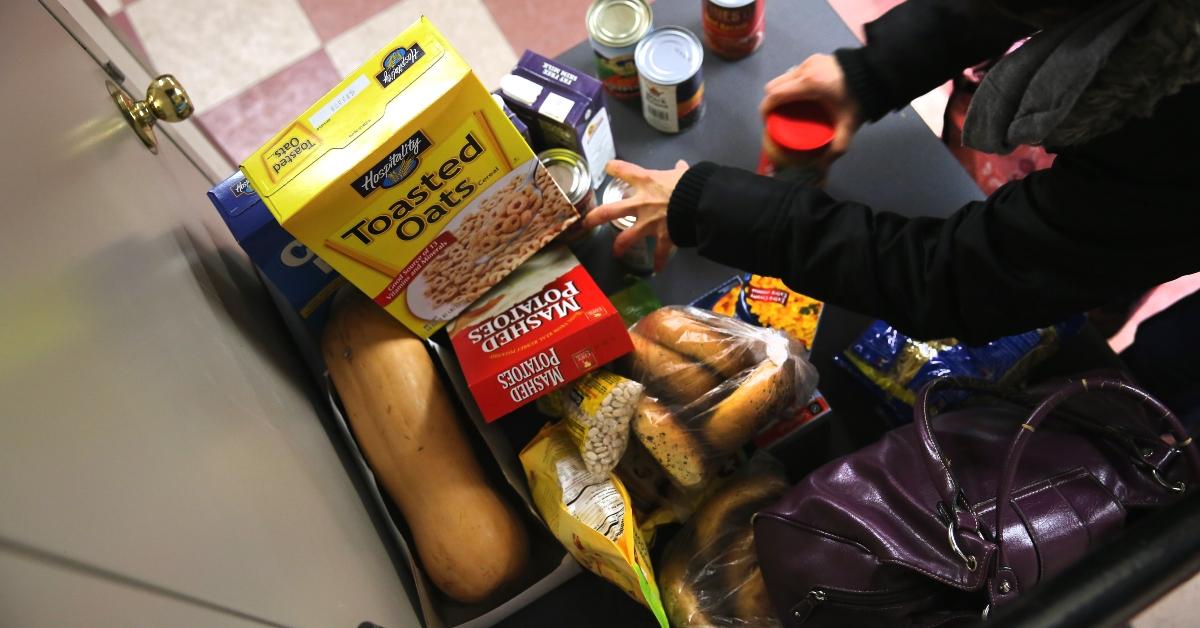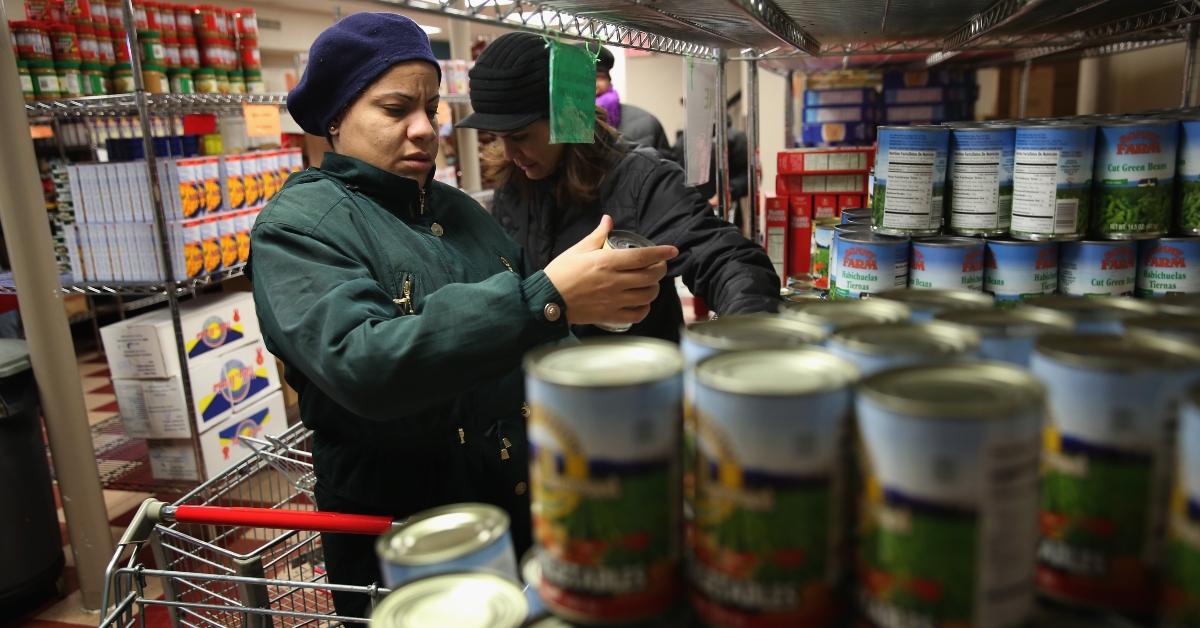With the End of the Pandemic, Emergency SNAP Benefits Are Coming to an End
President Joe Biden announced May 11, 2023, as the official end to the pandemic emergency declaration. SNAP benefits will end at that time.
March 2 2023, Updated 2:07 p.m. ET

During the COVID-19 pandemic, the federal government boosted the Supplemental Nutrition Assistance Program (SNAP), so low-income families could afford to buy groceries. Formerly known as the Food Stamp Program, over 41 million U.S. residents receive SNAP benefits.
However, now that the COVID-19 emergency has subsided and President Joe Biden announced that May 11, 2023, is the official end to the pandemic emergency declaration, those receiving SNAP benefits will see those emergency benefits end.

Will emergency SNAP benefits continue in 2023?
It doesn’t look like the extra emergency SNAP benefits implemented during the COVID-19 pandemic will continue in 2023. In fact, over 17 states have already stopped issuing emergency allotments, according to the U.S. Department of Agriculture (USDA).
Congress's recent passage of the Consolidated Appropriations Act of 2023 officially ends the emergency allotments after the February 2023 issuance. So in March, all SNAP benefits will return to normal amounts.
What are emergency SNAP benefits?
In March 2020, at the start of the COVID-19 pandemic in the U.S., Congress passed the Families First Coronavirus Response Act (FFCRA), which temporarily increased the benefits SNAP recipients received.
SNAP benefits received another boost in October 2021 when the USDA re-evaluated its Thrifty Food Plan, which calculates SNAP benefits. The 25 percent increase was the largest since the SNAP program started in 1975. The 2021 increase was done to encourage SNAP recipients to buy more nutritious foods with their benefits. While this increase isn’t going away, the drop in emergency SNAP benefits will still be a substantial change for many households, the USDA said.
According to a report by the Center on Budget and Policy Priorities, households in the 32 states still receiving the emergency SNAP benefits will see those benefits drop by at least $95 per month. The report states that without the emergency allotment, SNAP benefits will average at about $6.10 per person per day.
What is the current state of emergency SNAP benefits?
If Republicans in Congress had their way, more changes would be made to the SNAP benefits program, including benefit cuts and stricter work requirements, The Washington Post reports. In early February, a group of five House Republicans, led by Rep. Matt Gaetz (R-Fla.), wrote a letter to President Biden asking for an overhaul of the SNAP benefits program in exchange for their cooperation on raising the federal debt limit.
The SNAP benefits program may be a matter of debate over the coming months because the farm bill, which funds the SNAP program, is set to expire in October.
What to do if emergency SNAP benefits end?
If the loss of the extra emergency SNAP benefits is going to strain your household, other food assistance programs can help. Many local communities have food pantries that provide assistance.

There are also several other food assistance programs offered through the USDA’s Food and Nutrition Service, such as:
- Special Supplemental Nutrition Program for Women, Infants, and Children (WIC) – State agencies receive federal grant money to provide nutritious food for low-income women, infants, and children up to age 5.
- National School Lunch Program (NSLP) – A federal program that provides low-cost or free lunches to eligible school children.
- Emergency Food Assistance Program (TEFAP) – A federal program that provides food for low-income people through local food pantries and soup kitchens. Eligible income levels vary by state.
